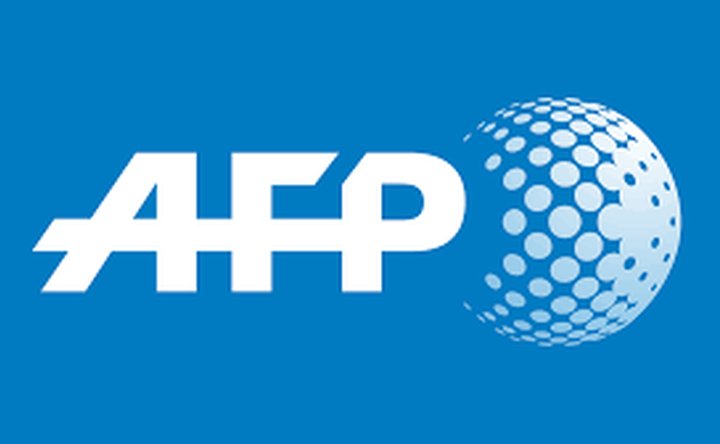Test of US-Japanese missile interceptor fails again
A test of a missile interceptor failed in Hawaii on 31 January, a US defence official said, marking the second such unsuccessful attempt in less than a year.
The test using the Aegis Ashore system occurred at the Pacific Missile Range facility on the island of Kauai, Missile Defense Agency (MDA) spokesman Mark Wright said in a statement.
Wright said the test was of an SM-3 Block IIA missile, manufactured by Raytheon and designed to intercept intermediate-range ballistic missiles.
A defence official told AFP the test was a failure and investigators have opened a probe.
The failure comes after another unsuccessful test in June 2017 of the missile, which is being jointly developed by the United States and Japan. A test firing in February 2017 was successful.
According to the MDA, America has so far spent about $2.2 billion on the system and Japan about $1 billion.
According to Raytheon, the Block IIA missile is still in testing but is on track for deployment at sea and on land in Poland this year.
The failure comes amid heighted tensions over North Korea's ballistic missile programme.
Hawaii is on edge after its Emergency Management Agency triggered mass panic with a false alert of a ballistic missile headed for the Pacific islands.
More from Land Warfare
-
![Arquus and Milrem push their UGVs fitted with long-range missiles]()
Arquus and Milrem push their UGVs fitted with long-range missiles
Arquus displayed the Drailer uncrewed ground vehicle (UGV) integrating the Akeron LP long-range missile at the Techterre technology demonstrator event ahead of trials in September.
-
![Contract moves new Abrams tank forward in the face of cuts]()
Contract moves new Abrams tank forward in the face of cuts
Several US Army vehicle programmes were axed by US Secretary of Defense Pete Hegseth’s plans to transform the US Army, as outlined in the Letter to the Force: Army Transformation Initiative document. However, the new generation Abrams M1E3 main battle tank (MBT) was singled out for survival. But what will it look like?
-
![Malaysia signs for two additional GM400α air surveillance radars]()
Malaysia signs for two additional GM400α air surveillance radars
The order is in addition to two systems ordered in 2023. It forms part of a family of systems which is becoming widely used and part of a growing demand for the capability, both in deliveries and requirements.






















